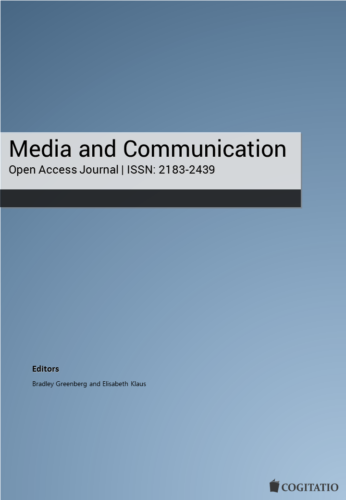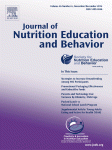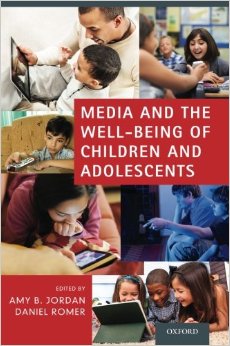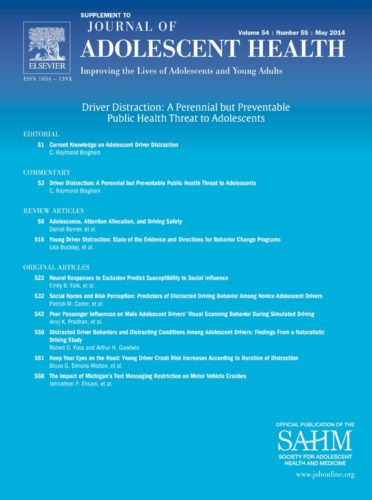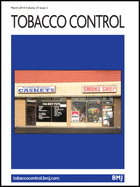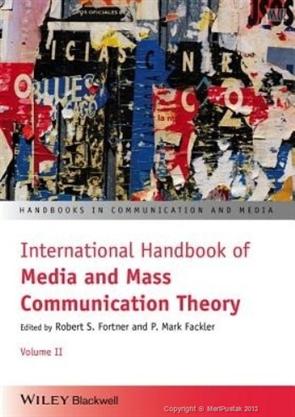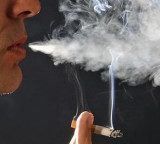The Annenberg Public Policy Center will take part in the new Penn Prevention Research Center, created by a five-year, $4.35 million grant from the Centers for Disease Control and Prevention to establish an interdisciplinary center dedicated to preventing chronic disease and reducing health disparities in southeastern Pennsylvania. APPC associate director Amy Jordan will co-lead an area of the PRC.


